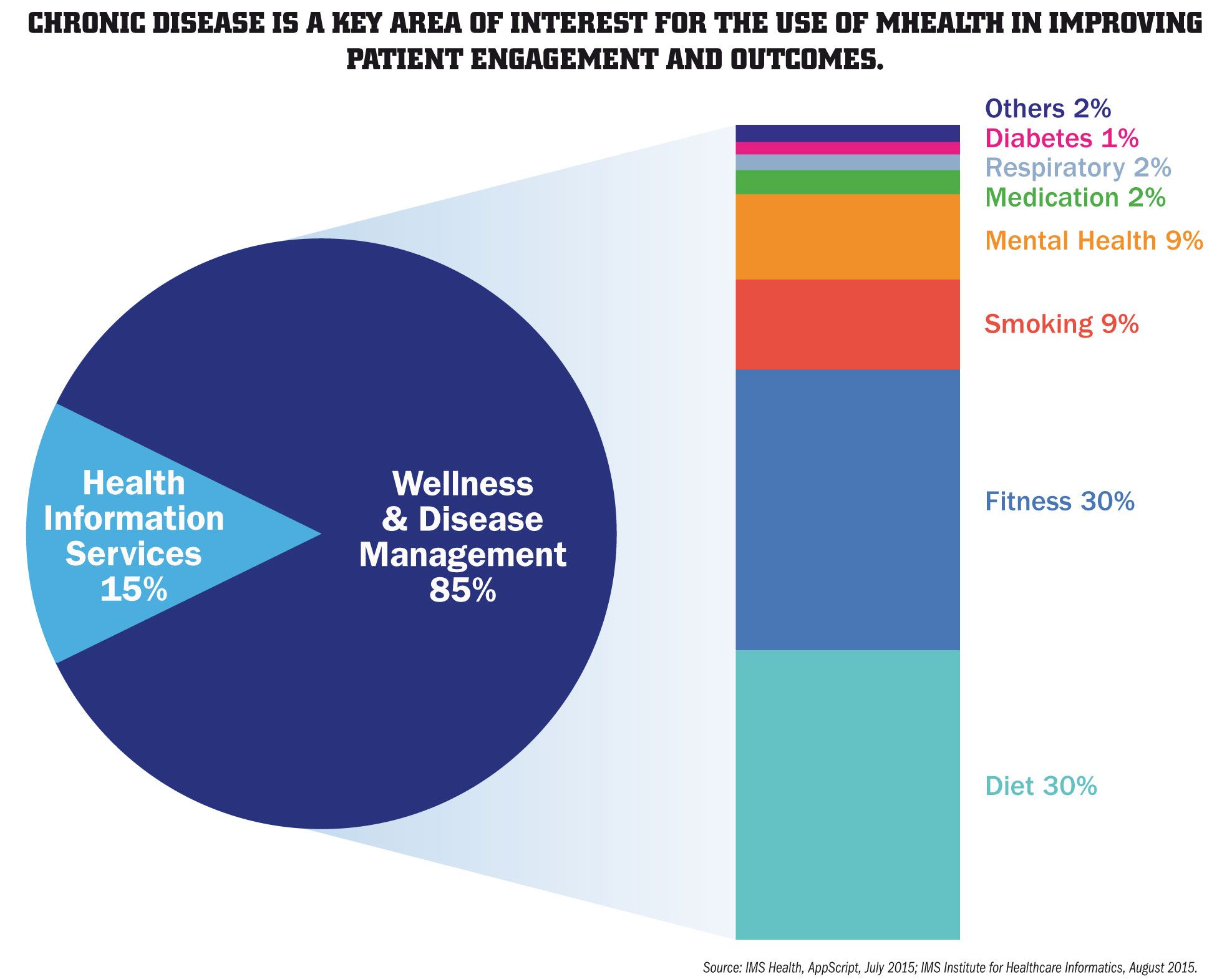Mobile health apps should connect to EHRs
While healthcare providers agree that mobile health apps can reduce healthcare costs and improve patient outcomes, a few barriers to full adoption remain, according to a new report.
While healthcare providers agree that mobile health apps can reduce healthcare costs and improve patient outcomes, a few barriers to full adoption remain, according to a new report.
The number of mobile health apps available to consumers now surpasses 165,000, as developers incorporate innovative data collection features linked to sensors and wearables, according to “Patient Adoption of mHealth: Use, Evidence and Remaining Barriers to Mainstream Acceptance,” a report from the IMS Institute for Healthcare Informatics.
One in 10 apps now has the capability to connect to a device or sensor, providing patient data on biofeedback and physiological function and greatly extending the accuracy and convenience of data collection. Nearly a quarter of the apps are now focused on disease and treatment management, while two-thirds target fitness and wellness.
See also: Mobile apps for managing health

Despite the growth in mobile health apps, healthcare providers emphasized that use of mHealth data integrated with electronic health records is critical to better clinical decision-making and patient communication, among other barriers.
Further to go
“While much progress has been made over the past two years, mHealth apps are still far from being a fully integrated component of healthcare delivery,” said Murray Aitken, executive director of the IMS Institute for Healthcare Informatics. “Healthcare providers are actively addressing the remaining barriers. These include developing and adopting trusted platforms for ongoing apps curation and evaluation, creating practical reimbursement models, and ensuring true interoperability within and across healthcare systems.”
See also: Best mobile aps for managing diabetes
Healthcare providers urged app developers and other stakeholders to actively address remaining barriers, which include limited connectivity and integration into workflow systems; a slow paradigm shift in reimbursement processes and delivery of care; data confidentiality, privacy, security, and regulatory uncertainties; lack of scientific evidence to measure the efficacy of apps; and the inability to reach the most vulnerable cohorts of patients - mainly the elderly or non-English-speakers.
In addition, the number of mobile health apps is overwhelming for consumers. The IMS Institute found a 106% increase in the number of health-related Apple iOS apps since 2013.
“This can present an intimidating number of choices for consumers, leading some to simply select the most popular app and others to try multiple apps in an effort to determine what is best for them,” said the IMS Institute in a statement.
In fact, just 12% of mHealth apps account for more than 90% of all consumer downloads, with nearly half of all downloads generated by just 36 apps.